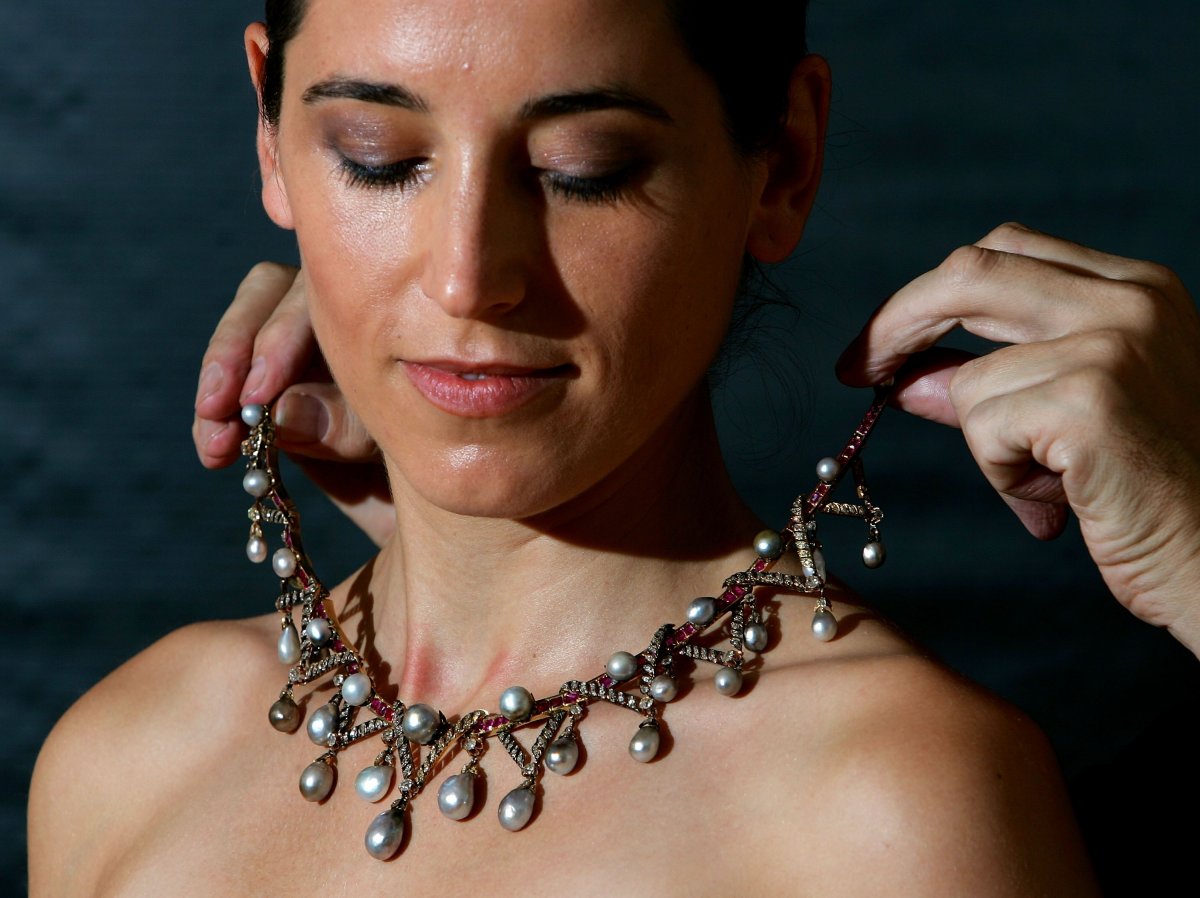
Few royal women have inspired more myth, legend, and furor than Marie Antoinette, the French queen whose life ended on a guillotine in the midst of revolution. The extravagance of her life, and the notoriety of her death, have made objects associated with her into something like relics. In particular, jewels connected with the tragic queen are incredibly sought after. Perhaps it’s a surprise, then, that this British aristocratic ruby and diamond necklace—which is also set with Marie Antoinette’s pearls—didn’t make it off the auction block.
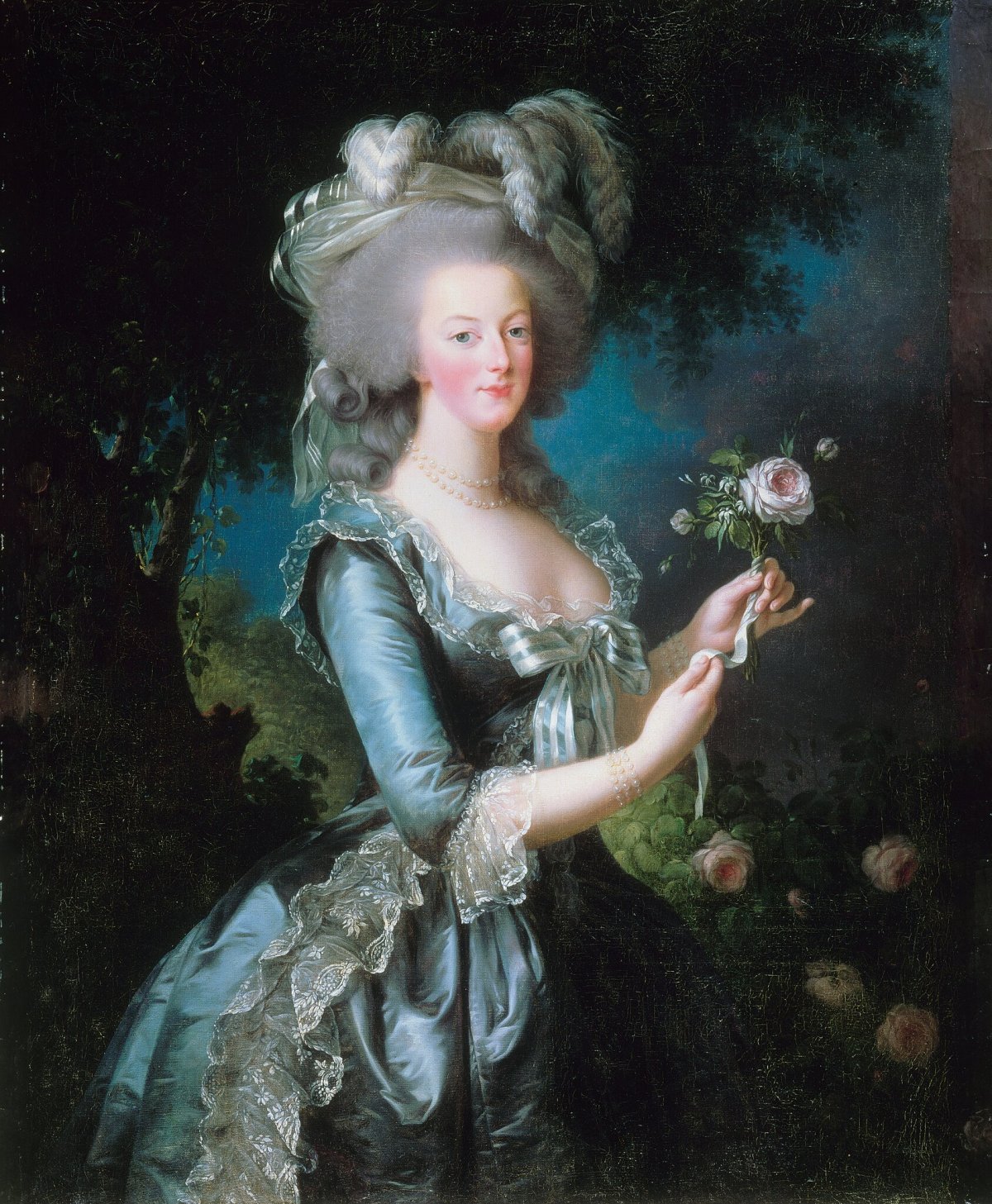
Before we get to the necklace itself, we need to turn our time machines back to 1792, the year before Marie Antoinette’s execution. In the wake of revolution, the French monarchy was abolished, and in response to the imprisonment of the royal family, the British embassy in Paris was formally withdrawn.
The British ambassador, Lord Gower, was married to a woman who held an aristocratic title in her own right: Elizabeth Gordon, 19th Countess of Sutherland. Lord Gower and Lady Sutherland had arrived in Paris in June 1790, and she was impressed by Marie Antoinette during her presentation at court that summer, noting in a letter that the queen “had so much grace and [was] so pleasing.”
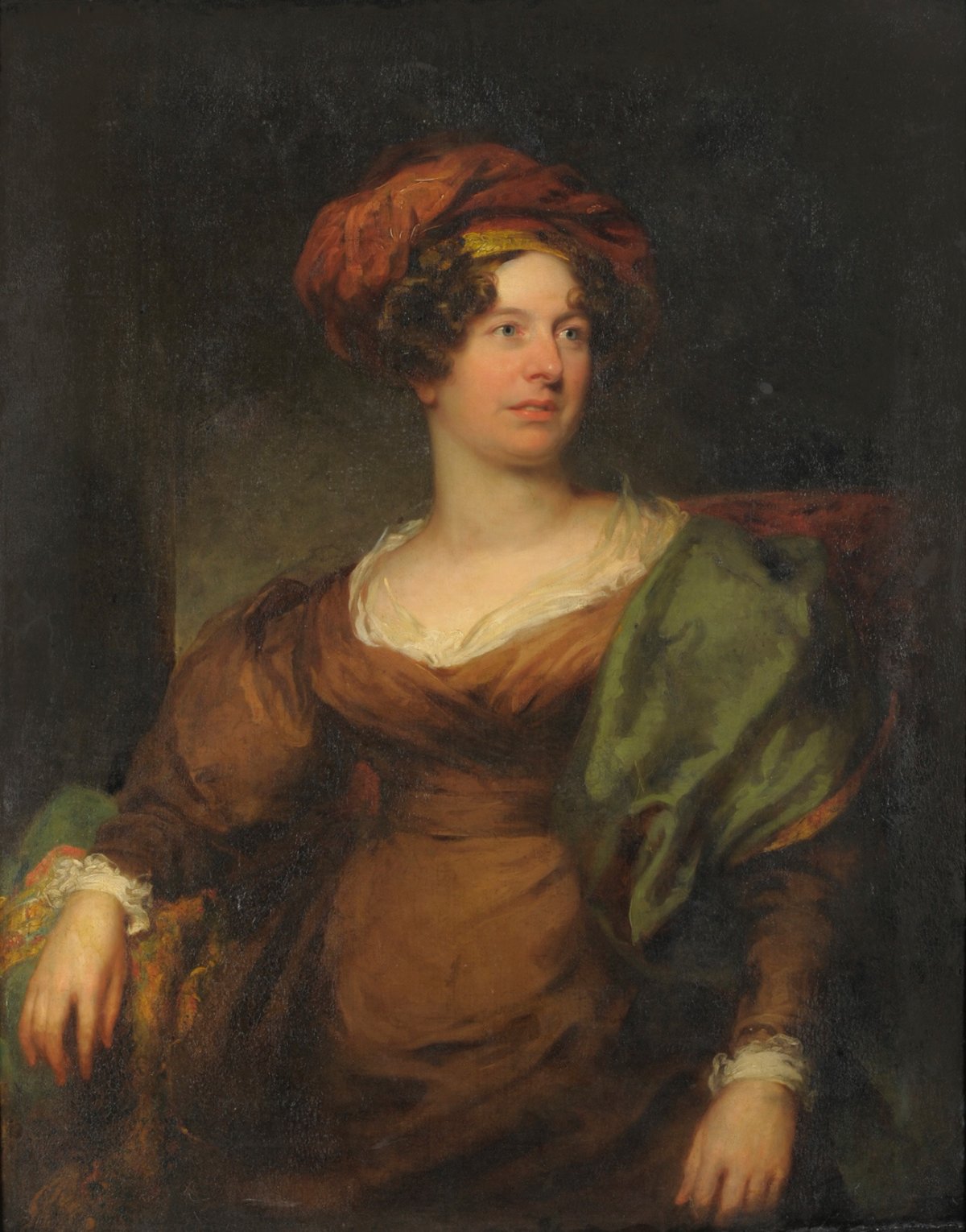
Elizabeth remained in contact with Marie Antoinette throughout her husband’s short, tumultuous diplomatic tenure in France. When the family was preparing to return to London in September 1792, Elizabeth visited the royals. She reported in her letters back to England that the royal family was “safe” but thought that their treatment was not appropriate.
Elizabeth—who had a son the same age as Marie Antoinette’s own son, the Dauphin—took pity on the queen and sent her clothing and linens to help make them more comfortable. The generosity was long remembered, according to the Sutherland family, and later acknowledged by Marie Antoinette’s daughter, the Duchess of Angoulême.
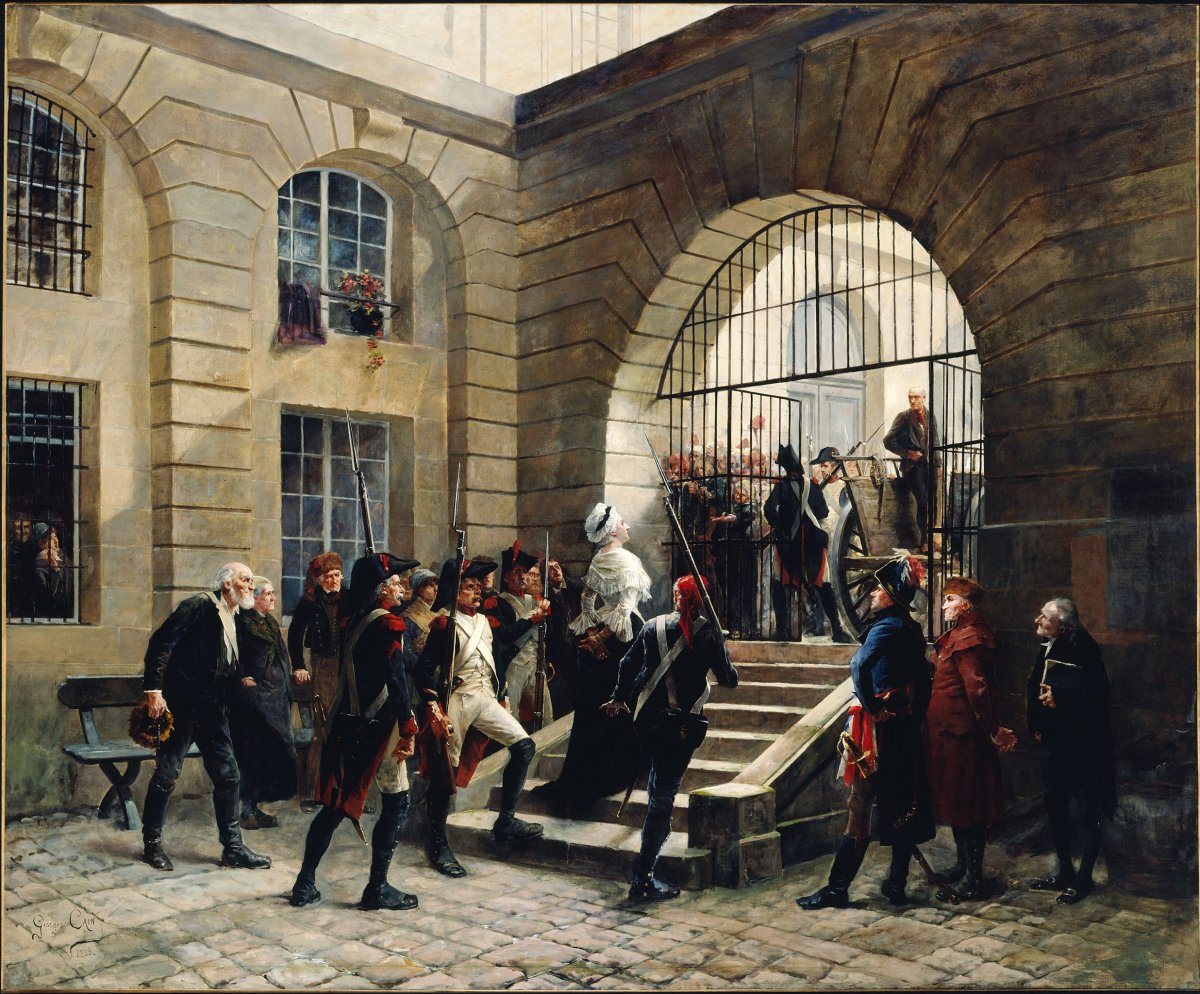
At some point during these encounters with the royal family, Marie Antoinette pressed Elizabeth into a secret mission. According to Christie’s, “Marie Antoinette gave Lady Sutherland a bag of pearls and diamonds for safe keeping. Anyone caught in possession of this jewellery risked severe punishment. However, the wife of the British Ambassador had diplomatic immunity and was one of the few who could be trusted to return the jewels when the Queen escaped.” Elizabeth successfully smuggled the jewels along with her when she returned to England.
We all know, though, that such an escape never happened. Marie Antoinette was executed in Paris in October 1793. Back in London, Elizabeth Sutherland was caught up in the social whirl of the time, hosting parties and entertaining some of the most important people of the day. (Unfortunately, she and her husband were also deeply involved in the Highland Clearances in her native Scotland, depriving tenants of their established farms and homes to make way for larger farms.) As Marie Antoinette was never going to be able to retrieve her gems, the Sutherlands kept them—and, eventually, used them.
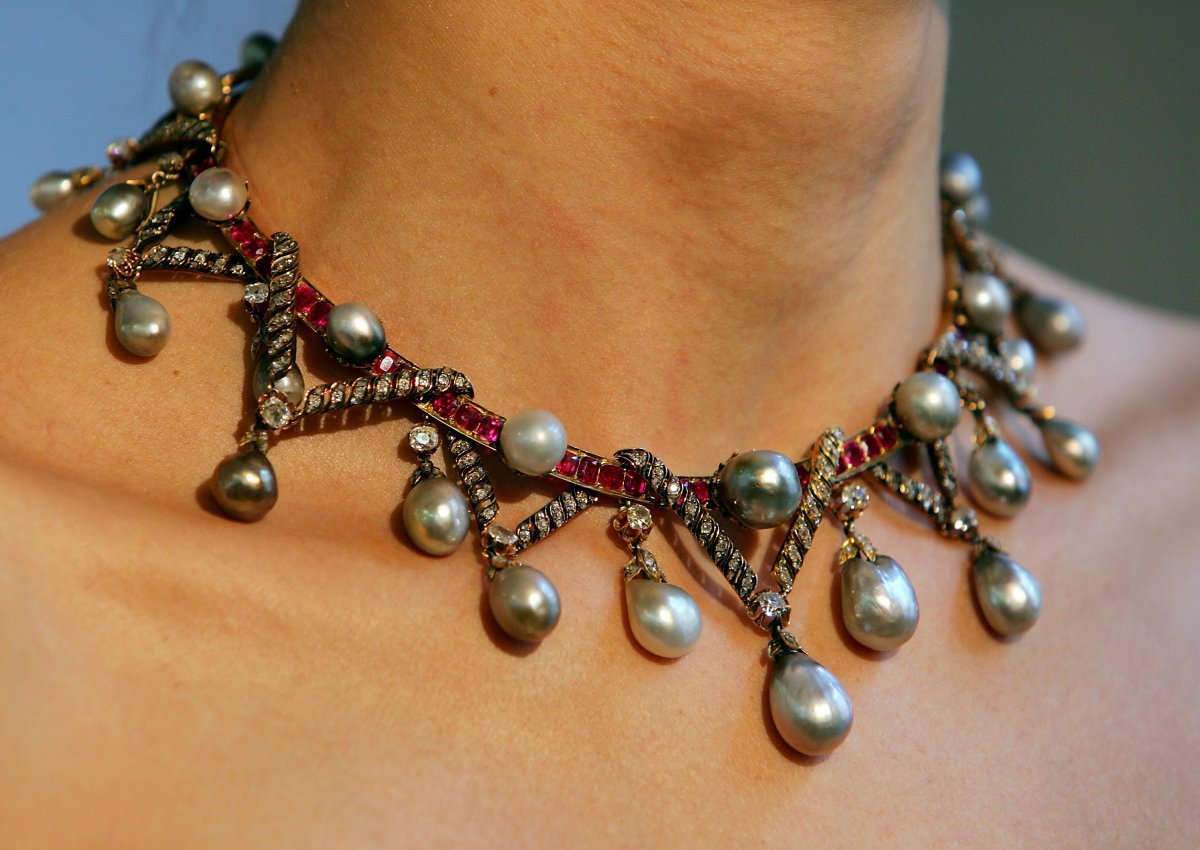
In 1849, Elizabeth’s grandson, the Marquess of Stafford (later 3rd Duke of Sutherland), married Anne Hay-Mackenzie (who was later created Countess of Cromartie in her own right). For the occasion of their wedding, a cache of gray pearls from Marie Antoinette’s collection was used to make a new necklace.
Christie’s describes the necklace as having “a fringe of twenty one graduated drop-shaped grey natural pearls, each suspended from an old-cut diamond collet surmount to the diamond ribbon which intertwines the ruby collar. The collar is set with twelve button-shaped grey natural pearls which are mounted in gold. The pearls, which date to circa 1780, belonged to Marie Antoinette.”
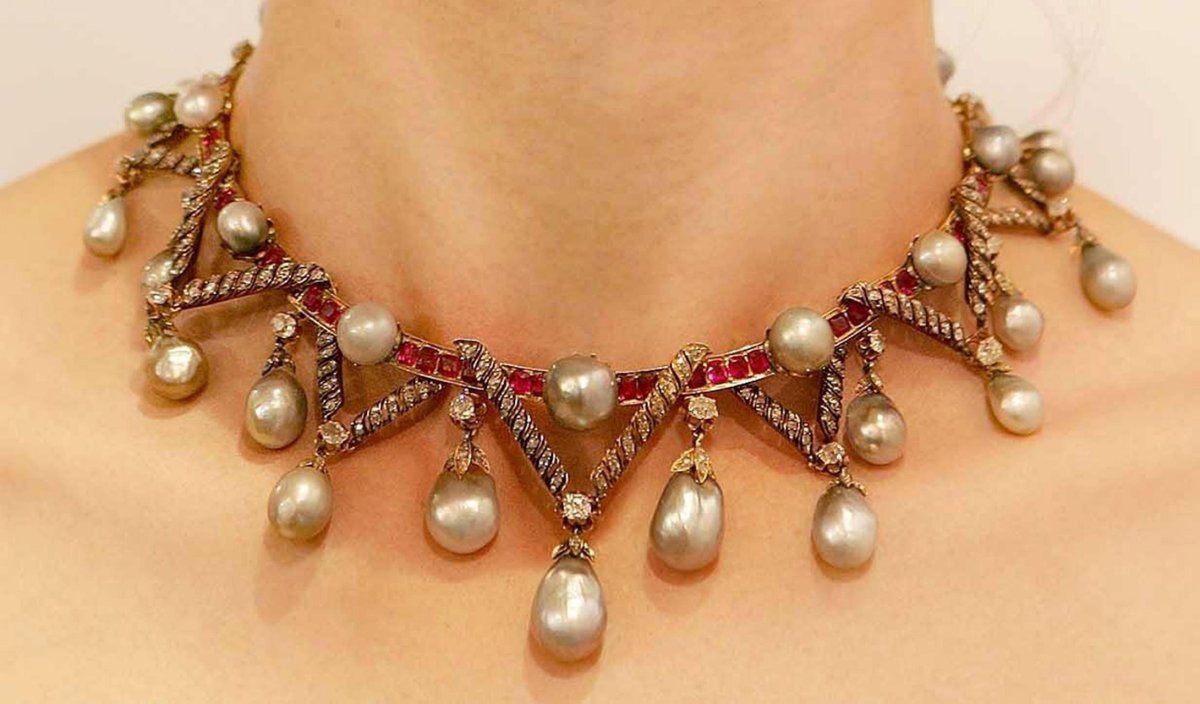
On first glance, the necklace looks much more modern than it really is—the zig-zag design of the piece anticipates some of the geometric, architectural trends of twentieth-century design. But when you see the piece up close, the setting of the gemstones confirms its nineteenth-century creation date.
The family managed to hang on to the necklace for a very long time. In the autumn of 2007, Christie’s announced that the Sutherland necklace (marketed as “Marie Antoinette’s Pearls”) would be presented for auction at a Magnificent Jewellery sale in London in December of that year. The press materials for the sale listed the necklace as “property of a nobleman,” but quotes from Christie’s staff revealed that the necklace was “fresh to the market” and the pearls had “been in the same family for over 200 years.”
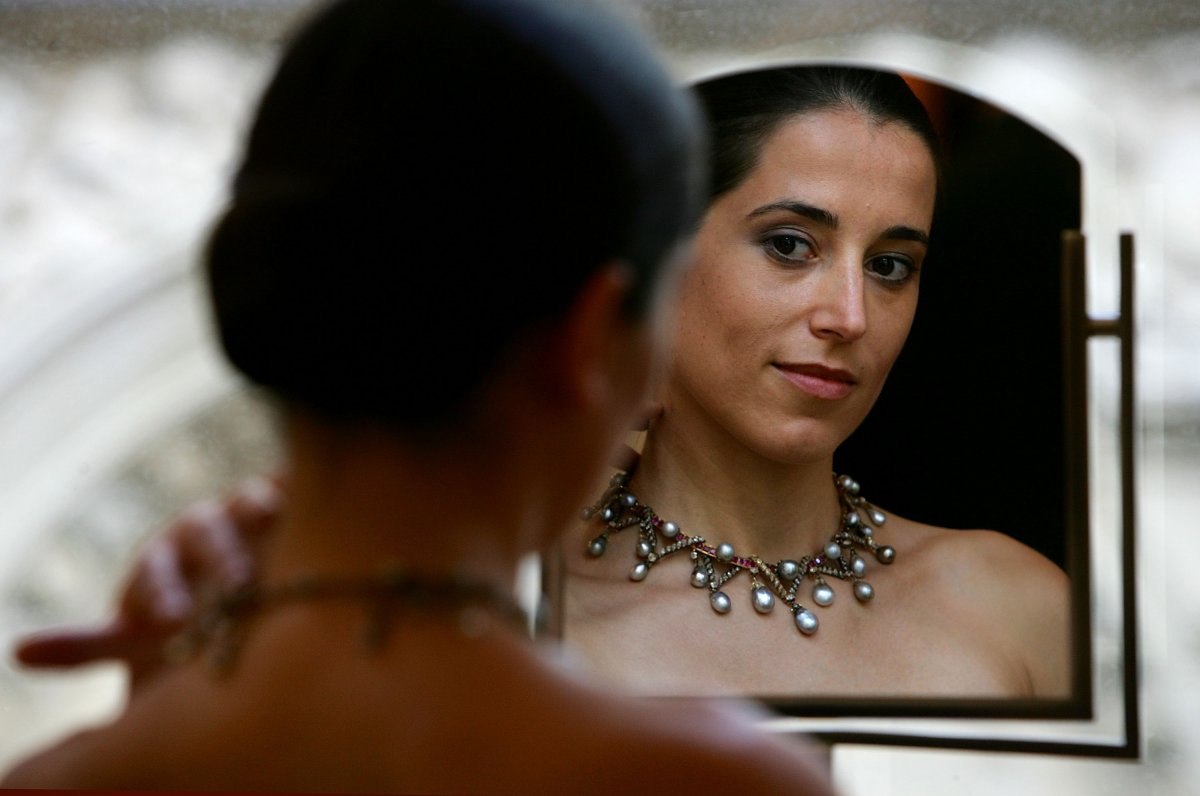
The necklace’s auction estimate was set in a range between £350,000 and £400,000. When the auction took place on December 12, however, the piece failed to meet its set minimum, and it was subsequently withdrawn. This was an unusual turn of events for a piece of jewelry with a documented, proven connection to Marie Antoinette, and to my knowledge, we haven’t heard anything more about it in the decade that has elapsed since.
Leave a Reply
You must be logged in to post a comment.